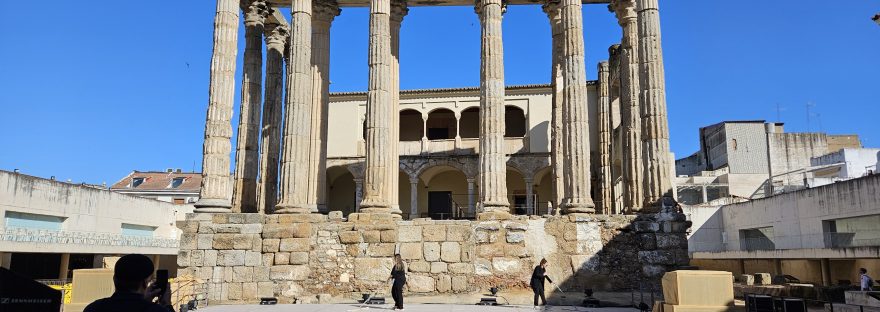One of the most important historical features of the Extremadura region in Spain is its role during Roman times, especially due to the presence of major archaeological sites, such as the city of Mérida, which was the capital of the province of Lusitania in ancient times. For this reason, Mérida is famous for its magnificent collection of Roman monuments, reflecting the importance of Extremadura in antiquity as a strategic province of the Roman Empire. Continue reading “The Temple of Diana in Mérida, Spain”

